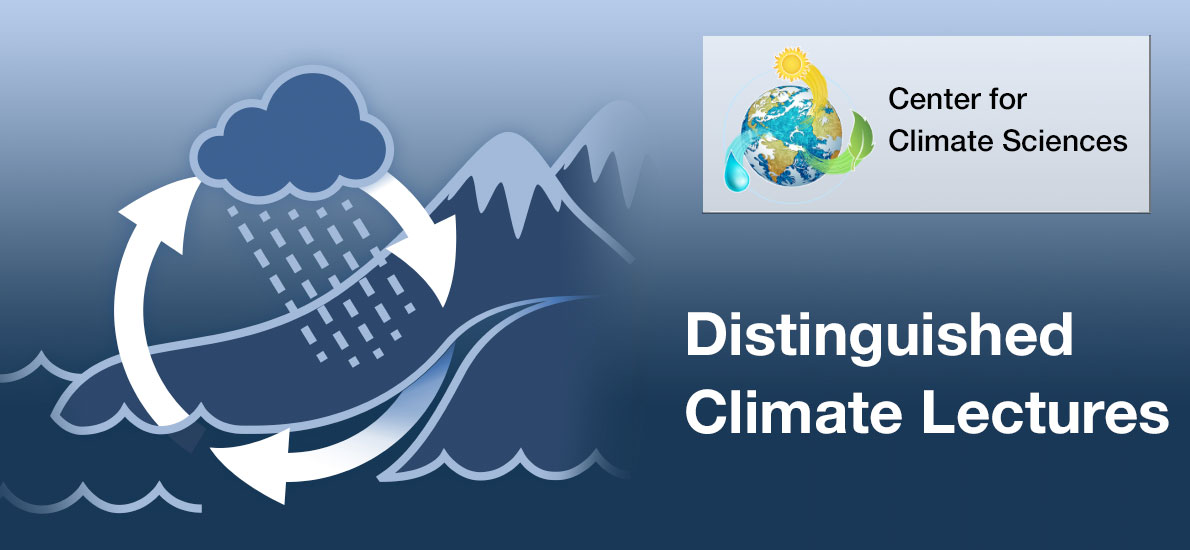Seminars
Cloud Physics from Space
April 10, 2023
| 186 von Karman auditorium (in person) and Webex, 3:00 pm PT
› view lecture

About this Lecture

This talk describes a journey in the progression of cloud physics from a subdiscipline of meteorology into the global science it is today. The journey begins with important post-war contributions of four key individuals who were instrumental in developing cloud physics into a global science. These contributions came on the heels of the post-war weather modification efforts that influenced much of the early development of the science. Progress in the discipline of cloud physics offered by space-based measurements is also outlined. How this progress is now shedding light on a number of challenges associated with projecting future climate change is described including the connection between the early contributions to cloud physics and the current vexing problem of aerosol effects on cloud albedo. The journey ends by looking to the future noting areas where progress might be expected in the coming decade.
About

Professor Stephens research spans a number of areas of atmospheric and climate sciences, including radiative transfer, remote sensing and climate and hydrological feedbacks and is the principal investigator the NASA CloudSat mission. His publications include more than 300 peer reviewed publications and a text book on remote sensing. He is also a member of the U.S. National Academy of Engineering, Fellow of the Royal Society (UK), and from 2014-2022 was co-Chair of the Scientific Steering Group (SSG) for the Global Energy and Water Exchanges (GEWEX) project of the World Climate Research Programme (WCRP). He is a distinguished university professor (Colorado State University, Emeritus), a fellow of the American Meteorological Society, the American Geophysical Union, and American Association for the Advancement of Science. Recipient of the American Meteorological Society’s Houghton and Jule Charney Awards, the Royal Meteorological Societies Mason Gold medal and the IAMAS International Radiation Comission Gold Medal for career contributions to radiation sciences.
